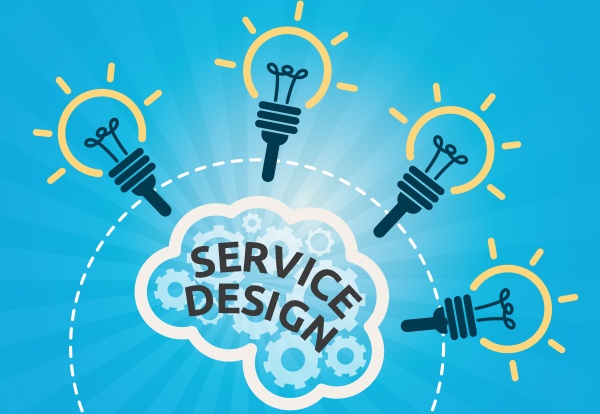
With the rise of a global pandemic along with aging populations and other conditions, there has never been a greater need for quality medical services.
With the increasing demand for healthcare in Australia (and around the world), hospitals, clinics and medical centres are constantly on the lookout for digital solutions to help manage patient flow and improve the patient experience. The question is, how do you make the right decisions for your organisation to ensure your choice meets your objectives?
It all starts with assessing your service design and how it plays into the bigger picture of how your healthcare organisation operates.
So, in this article, we’ll share 4 powerful service design techniques that can help to improve the experiences of patients and providers alike.
- Use stories to help everyone refocus.
As healthcare providers, it’s easy to get caught up in the day-to-day delivery of services. However, by taking a step back from this and breaking the patient journey into a storytelling format with steps, it will help your team with understanding service design by providing the bigger picture.
For instance, a typical patient is interested in receiving a vaccination shot and so they visit your website and look for a way to book in. They then lock in their appointment and check their emails for a confirmation with details to put that time into their diary – and so on.
These story steps point out the milestones in a typical patient’s journey and what’s required from a healthcare organisation at each.
This storytelling approach can be used to discover how many different people are involved, such as adding the perspective of patients, management and doctors into the mix will help to develop a more holistic story. This illustrative process can then help each stakeholder to see what everyone needs and ensure the right solution is chosen.
- Empower your patients to be more than passive consumers.
A powerful healthcare service design narrative highlights the role of patients. As many healthcare providers see their patients as simply recipients of care, this view might be holding back several important innovations in service design.
This was demonstrated in a study that aimed to improve the prenatal patient experience. By utilising technology such as online communities and in-home monitoring, pregnant women became more active in their own care. This led to a much better experience for them, as well as a drastic reduction in the number of average appointments required – this number fell from 12-14 to just 3-4 per person.
Never underestimate the active role your patients can play in their own healthcare monitoring journey, and the efficiencies this can create for your service design.
- Immerse yourself and your stakeholders in the service design process.
Now that service design in healthcare is becoming increasingly important, it can only succeed if you fully immerse yourself in the process, making sure to show, not just tell, your stakeholders about your visions for the future.
The best way for service designers to become fully immersed in the process is to experience it themselves through participatory research, a trend that is increasingly on the rise. From here, they can recommend and demonstrate the value of the innovations and help to explain the process to important stakeholders.
A great example of this was the Danish Design Centre, which used shipping containers to build future scenarios in healthcare. They then transported the containers to the construction site of a new hospital to help influence decision-makers while designing the building.
- Remember that the design is so much bigger than the sum of all interactions.
For both medical providers and patients, it’s easy to see healthcare simply as one interaction after another. But what about what happens between these interactions? Patient’s lives! Healthcare, then, needs to be viewed from this broader lens.
An example of how this could be applied was demonstrated by the Oslo School of Design. Instead of seeing sexual health as a service provided only by clinics, they managed to weave the issue into potential patients’ everyday lives by spreading awareness and engagement in other places. This was specifically achieved by providing services where they were needed the most, such as free contraception, which was made available in bars and clubs! All based on thinking more holistically.
This type of service design allows healthcare providers to have more of an impact beyond just their healthcare facilities, further revolutionising the patient experience.
How does improved service design make a difference?
When it comes to service design, it’s critical to think outside the box.
Involve your patients, tell stories, test your tech, show instead of tell, and think of the broader human context. Not only will this improve your systems and make work easier for your staff, but these considerations will also help change service design – and lives – for the better.
As healthcare providers, the pandemic is an opportunity to rise above these challenges and make a difference, ensuring every hospital visit is a worthwhile one.
Do you need help improving your service design?
If your organisation’s vision is to improve patient experience but you’re still unsure of where to start, NEXA is here to support you.
NEXA is an Australian company that delivers innovative solutions that streamline the customer journey. We offer tailored software options that empower our clients to improve their healthcare by taking advantage of digital technology. With NEXA’s solutions, you can support and enable your team, deliver excellent service levels and thrive in today’s evolving landscape.

